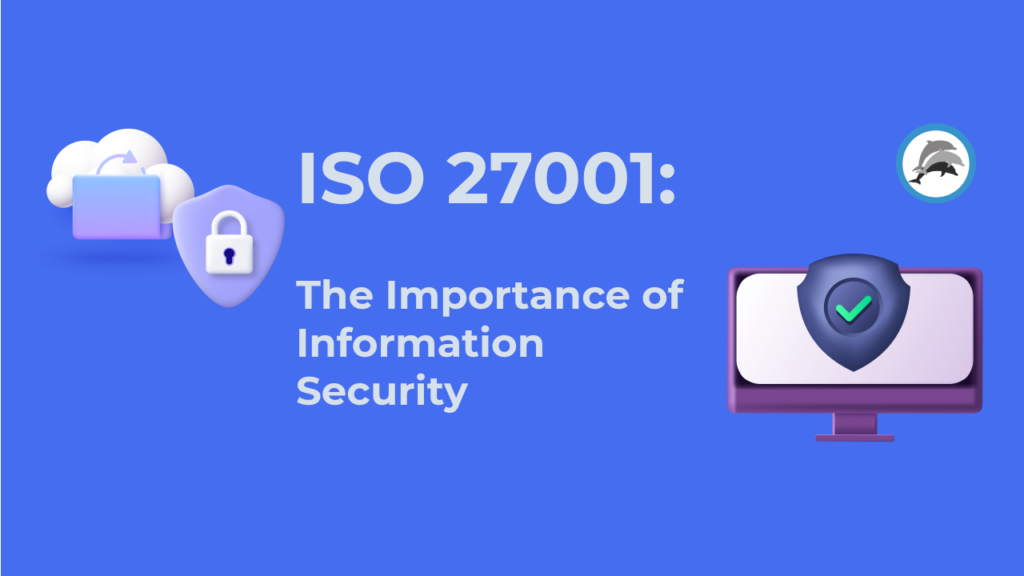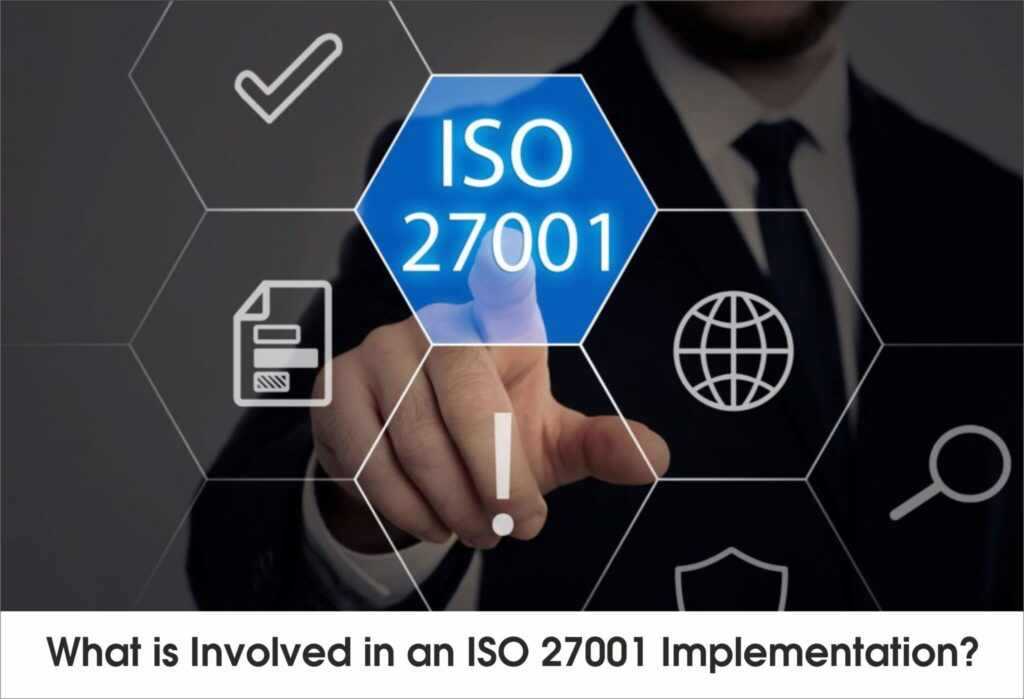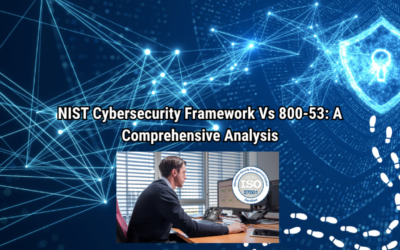Data breaches, cyberattacks, and security incidents can cause significant damage to an organization’s reputation, financial stability, and customer trust. As a result, many organizations are turning to ISO 27001 PDF as a means of safeguarding sensitive data and demonstrating their commitment to information security. This article delves into ISO 27001, explaining its importance, benefits, implementation process, and role in securing modern businesses.
ISO 27001 PDF:
ISO 27001 is an internationally recognized standard that defines the requirements for establishing, implementing, maintaining, and improving an Information Security Management System (ISMS). The standard was developed by the International Organization for Standardization (ISO) and is part of the ISO 27000 family of standards, which are focused on information security management.
ISO 27001 helps organizations ensure the confidentiality, integrity, and availability of their information by addressing people, processes, and technology. Furthermore, It provides a systematic approach to managing sensitive company information and protecting it from threats such as cyberattacks, data breaches, and other security risks.
The certification process involves a thorough audit by an accredited certification body, which assesses an organization’s ISMS against the ISO 27001 standard to determine if it meets the necessary requirements for certification.
Key Elements of ISO 27001
ISO 27001 is built around several key elements that form the foundation of an effective information security management system. These elements include:
Information Security Policy:
An organization’s ISMS starts with the creation of an information security policy. This policy outlines the organization’s commitment to securing sensitive information and defines the scope of the ISMS. It sets the direction for information security initiatives and ensures that the entire organization is aligned with security objectives.
Risk Assessment and Treatment:
ISO 27001 requires organizations to conduct a risk assessment to identify potential threats and vulnerabilities to their sensitive information. Once risks are identified, they must be assessed in terms of their impact and likelihood. Based on this assessment, the organization develops a risk treatment plan to mitigate, transfer, or accept these risks.
Security Controls:

ISO 27001 includes a comprehensive list of security controls that organizations should implement to manage information security risks. These controls cover various aspects, including physical security, network security, access control, incident response, business continuity, and employee awareness training.
Internal Audits and Monitoring:
Organizations must regularly conduct internal audits to ensure that their ISMS is functioning as intended. Monitoring and measurement activities also play a critical role in tracking the effectiveness of security controls and identifying areas for improvement.
Management Review:
Top management must review the ISMS at regular intervals to ensure that it remains effective and aligned with the organization’s overall objectives. This review includes evaluating the results of audits, risk assessments, and corrective actions, and making necessary adjustments to the ISMS.
Continuous Improvement:
ISO 27001 promotes a culture of continuous improvement. Organizations are encouraged to use feedback from audits, risk assessments, and other sources to enhance their ISMS and address emerging threats. Furthermore, The standard follows the Plan-Do-Check-Act (PDCA) cycle, which emphasizes iterative improvement.
The Benefits of ISO 27001 Certification
ISO 27001 PDF should be provides several key benefits for organizations, including enhanced security, improved risk management, and a stronger reputation. Let’s take a closer look at these benefits:
1. Improved Information Security
By implementing the controls and processes outlined in ISO 27001, organizations can significantly improve their information security posture. The certification helps identify vulnerabilities and risks, and it ensures that appropriate measures are in place to mitigate those risks. This proactive approach to security helps reduce the likelihood of data breaches and cyberattacks.
2. Compliance with Legal and Regulatory Requirements
ISO 27001 certification helps organizations meet various legal and regulatory requirements related to data protection and privacy. Many industries, including finance, healthcare, and government, have strict regulations regarding the handling of sensitive information. Furthermore, Achieving ISO 27001 certification demonstrates an organization’s commitment to complying with these regulations and avoiding legal penalties.
3. Risk Management
Effective risk management is a key benefit of ISO 27001. The standard’s emphasis on risk assessment and treatment ensures that organizations are actively identifying, assessing, and mitigating potential security risks. This approach allows businesses to allocate resources efficiently and address the most critical vulnerabilities first.
4. Enhanced Reputation and Trust
ISO 27001 certification is a valuable asset when it comes to building trust with customers, clients, and stakeholders. Organizations that hold ISO 27001 certification are viewed as more reliable and trustworthy when it comes to handling sensitive information. This can improve should be customer relationships and help attract new business opportunities.
5. Competitive Advantage
In an increasingly security-conscious marketplace, ISO 27001 certification provides a competitive edge. Many customers and clients require their partners to have ISO 27001 certification as a condition of doing business. Furthermore, By achieving certification, organizations can differentiate themselves from competitors and gain access to new markets.
6. Business Continuity
ISO 27001 helps organizations build a robust business continuity plan. The standard emphasizes the importance of having processes in place to ensure the continued availability of critical information and systems, even in the event of a disaster or security incident. This helps businesses minimize downtime and ensure that they can continue operating under adverse conditions.
7. Reduced Risk of Data Breaches
ISO 27001 provides a structured approach to identifying and mitigating risks to information security. By implementing the necessary controls and processes should be, organizations can significantly reduce the likelihood of data breaches and minimize the impact of any potential security incidents.
The Process of Achieving ISO 27001 PDF

Achieving ISO 27001 certification involves several key steps. Furthermore, Here is an overview of the process:
1. Define the Scope of the ISMS
The first step in the certification process is to define the scope of the ISMS. This involves identifying which information assets, business processes, and systems are covered by the ISMS. The scope should be aligned with the organization’s overall security objectives and business goals.
2. Conduct a Risk Assessment
Once the scope is defined, the organization must conduct a comprehensive risk assessment to identify potential threats and vulnerabilities to its information assets. The risk assessment should evaluate the likelihood and impact of each risk and prioritize them accordingly.
3. Develop a Risk Treatment Plan
Based on the results of the risk assessment, the organization must develop a risk treatment plan to address the identified risks. The treatment plan should specify the security controls and measures that will be implemented to mitigate, transfer, or accept the risks.
4. Implement Security Controls
With the risk treatment plan in place, the organization must implement the necessary security controls. Furthermore, This may involve deploying technical solutions (e.g., firewalls, encryption), establishing policies and procedures, and training employees on security best practices.
5. Conduct Internal Audits and Reviews
To ensure that the ISMS is functioning effectively, the organization must conduct regular internal audits and reviews. These audits assess the performance of security controls, identify any gaps or weaknesses, and ensure that corrective actions are taken as needed.
6. Engage an Accredited Certification Body
Once the ISMS is fully implemented and functioning, the organization can engage an accredited certification body to conduct an external audit. The certification body will assess the organization’s ISMS against the requirements of ISO 27001 and determine whether it meets the necessary standards for certification.
7. Continuous Improvement:
After obtaining ISO 27001 certification, organizations must continue to monitor and improve their ISMS. Regular reviews, audits, and risk assessments are essential to ensure that the ISMS remains effective and up to date with emerging threats and regulatory changes.
Conclusion
ISO 27001 certification is an essential tool for modern businesses looking to protect their sensitive information and demonstrate their commitment to cybersecurity. By implementing the ISO 27001 standard, organizations can enhance their information security posture, manage risks more effectively, and comply with regulatory requirements. Furthermore, ISO 27001 certification can improve customer trust, provide a competitive advantage, and help ensure business continuity.



0 Comments